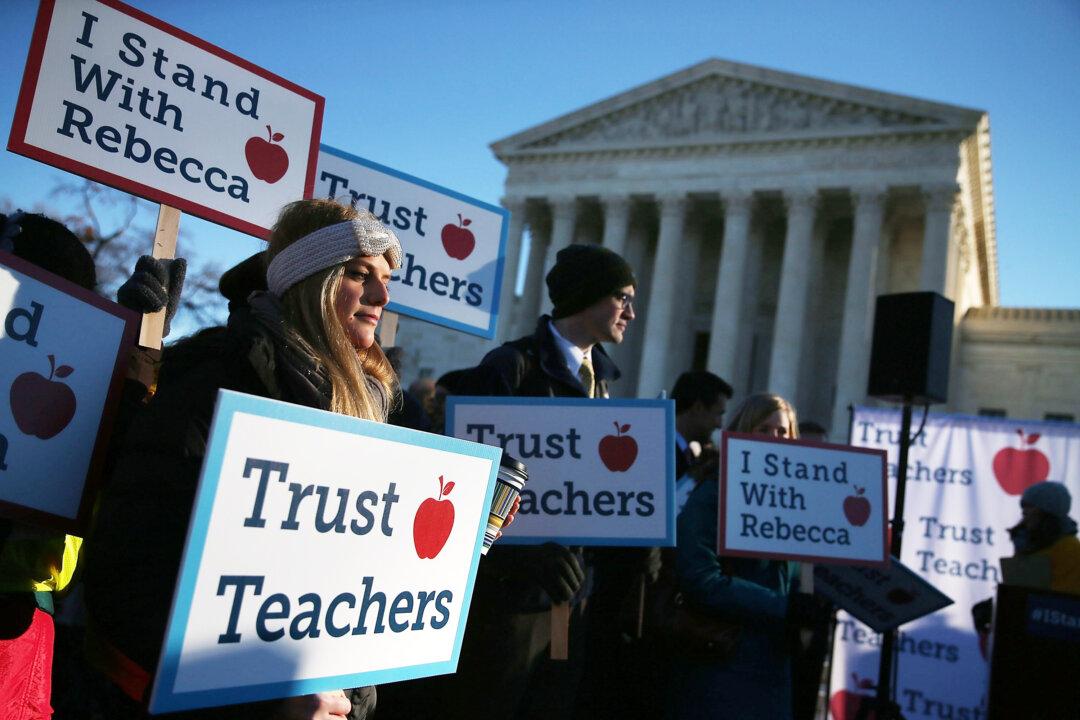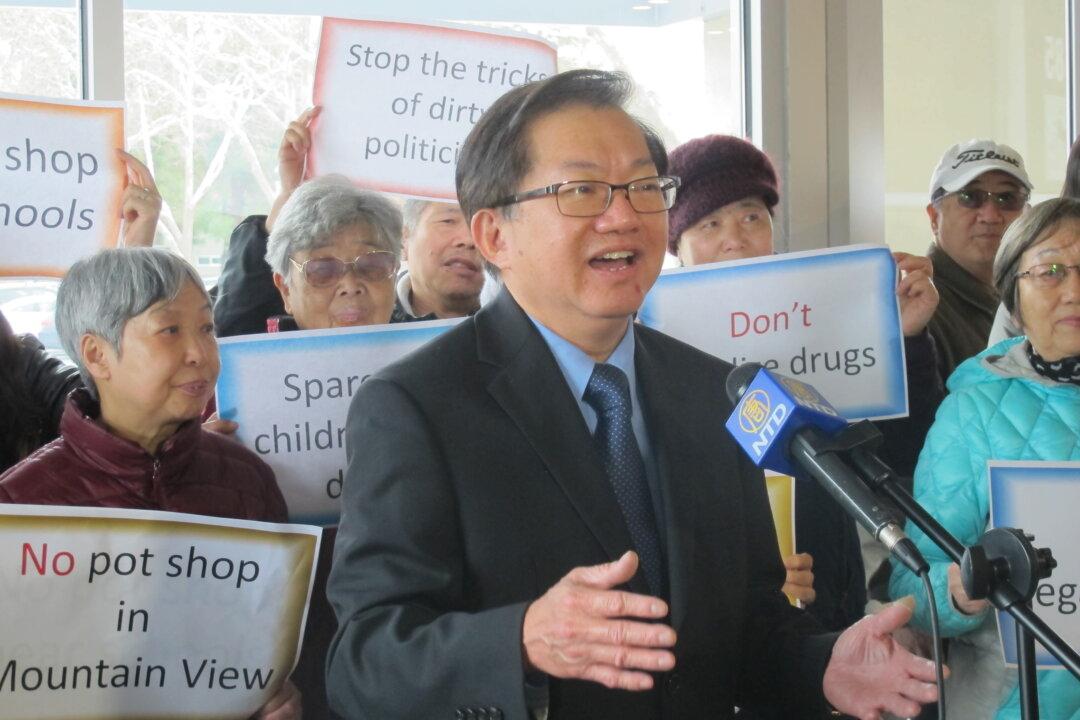Teachers unions and their allies have long said that there is a serious nationwide teacher shortage, but according to skeptics, the shortage is neither as serious nor as widespread as the unions have said.
A wide range of solutions to the alleged shortage have been proposed, including hiring teachers from foreign countries and creating “grow your own” teacher programs for school districts, which proactively recruit teacher candidates from local communities to teach in those communities’ schools.




